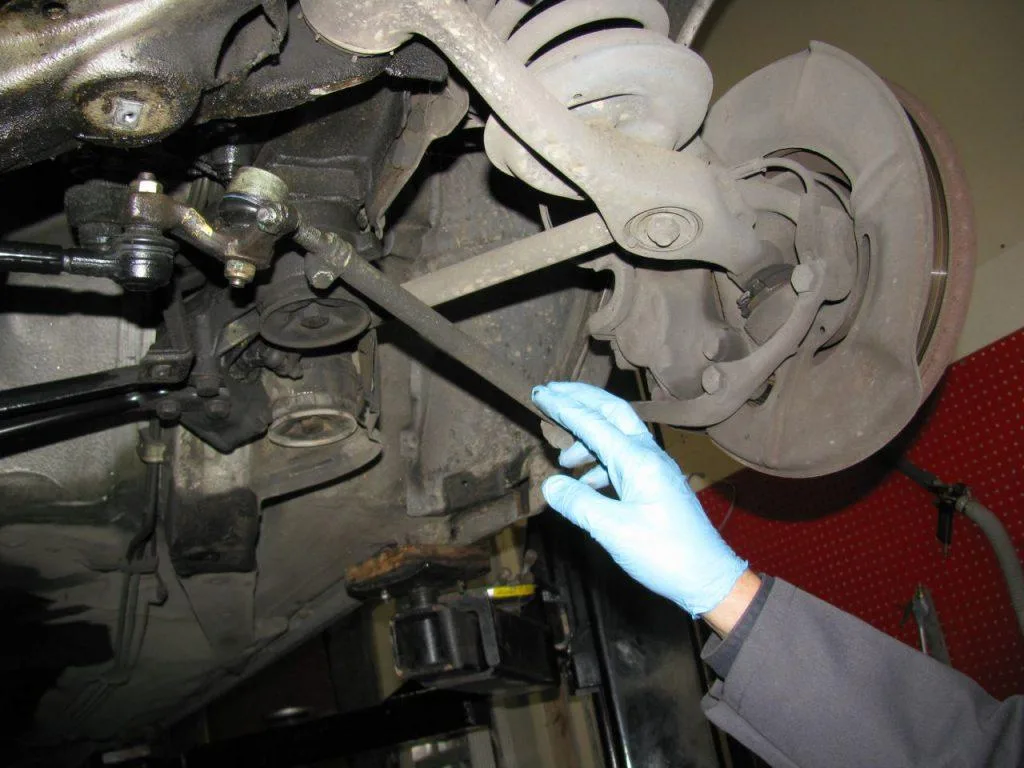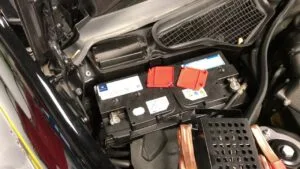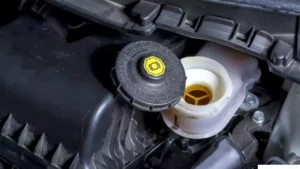Hearing unusual sounds from your car can be unsettling, especially when they seem to emerge during a specific action like turning the steering wheel. A clicking noise, in particular, is one of the more common complaints among vehicle owners.
While it might start as a faint sound, ignoring it could lead to more severe issues or expensive repairs down the line.
Understanding the root cause of the clicking sound can save you time, money, and unnecessary stress. This guide takes a closer look at the potential reasons behind this issue, explains how various vehicle components are involved, and outlines practical steps for diagnosing and addressing the problem.
Whether you’re a seasoned car enthusiast or someone new to vehicle maintenance, this blog aims to provide a comprehensive yet simple explanation of why this sound occurs and how to deal with it effectively.
Top Causes
A clicking noise during a turn is often a sign of wear or damage in one or more parts of your vehicle’s steering or suspension system. Several components work together to enable smooth turning, and any malfunction in these can result in unusual sounds. Here are some common culprits:
a. CV Joints (Constant Velocity Joints)
The CV joints connect the transmission to the wheels, allowing power transfer while accommodating the up-and-down movement of the suspension. A worn or damaged CV joint is a frequent cause of clicking sounds, especially during sharp turns.
- Signs of a Faulty CV Joint:
- Clicking intensifies during acceleration while turning.
- Grease leaks from the CV boot due to cracks or tears.
b. Suspension Components
Parts such as ball joints, tie rods, and control arm bushings are vital to steering and suspension. If these wear out or become loose, they may produce a clicking or popping noise.
- Indications of Suspension Issues:
- Uneven tire wear.
- A loose or wobbly feeling in the steering.
c. Steering Column or Rack and Pinion
Issues with the steering column or the rack and pinion system, which translates steering wheel movement to wheel direction, can also result in clicking sounds.
- Typical Symptoms:
- Difficulty turning the wheel.
- Fluid leaks around the steering assembly.
d. Wheel Bearings
Worn or damaged wheel bearings can produce a clicking or grinding noise, particularly when turning at low speeds.
- Signs to Watch For:
- A humming noise that changes with speed.
- Vibration in the steering wheel.
e. Brake Components
In some cases, the noise might come from the brake system. Worn brake pads, loose calipers, or debris lodged between the rotor and caliper can create a clicking sound.
Diagnosing the Clicking Noise
Proper diagnosis is essential to pinpoint the exact cause of the clicking noise. Here’s a step-by-step approach to identifying the issue:
a. Observe When the Noise Occurs
Take note of when the clicking happens. Is it during sharp turns, gradual turns, or when turning in one specific direction? These details can provide valuable clues.
b. Check the CV Joints
- Inspect the CV boots for cracks or tears.
- Look for grease splatters around the wheel well, a sign of leaking grease from a damaged boot.
c. Examine the Suspension
- Check for loose or worn ball joints, tie rods, and bushings.
- Use a pry bar to gently move these components and listen for noises.
d. Inspect the Steering System
- Look for leaks in the power steering fluid reservoir or hoses.
- Wiggle the steering wheel to detect play or looseness.
e. Test the Wheel Bearings
- Lift the vehicle and try to rock the wheels back and forth. Excessive movement could indicate a worn bearing.
- Spin the wheel and listen for grinding or clicking sounds.
f. Assess the Brake System
- Remove the wheels to inspect the brake pads, calipers, and rotors.
- Look for signs of wear or debris lodged in the components.
Common Solutions to Clicking Sounds
Once you’ve identified the source of the clicking noise, addressing the issue promptly is crucial to prevent further damage. Below are some common solutions:
a. Replacing CV Joints
A damaged CV joint typically requires replacement, as repair is often not feasible. Replacing the CV boot may suffice if caught early.
- Cost: Replacing a CV joint costs between $200 and $800, depending on the vehicle and labor rates.
b. Repairing or Replacing Suspension Components
Worn ball joints, tie rods, or bushings need to be replaced. Proper lubrication can sometimes resolve minor issues.
- Cost: Suspension repairs vary widely, with ball joint replacement averaging $100 to $400.
c. Fixing Steering System Issues
For problems in the steering column or rack and pinion, tightening loose components or replacing damaged parts is necessary.
- Cost: Repairs can range from $500 to $1,500, depending on the complexity.
d. Addressing Wheel Bearings
Worn wheel bearings must be replaced. Driving on damaged bearings can cause additional harm to nearby components.
- Cost: Wheel bearing replacement typically costs $150 to $800.
e. Servicing the Brakes
If the noise stems from the brakes, replacing worn pads, securing loose calipers, or removing debris should resolve the issue.
- Cost: Brake repairs usually cost between $100 and $300 per axle.
Preventative Maintenance
Preventing clicking noises and other steering issues requires regular vehicle maintenance. Here are some tips:
a. Inspect Components Regularly
Routine inspections of the CV joints, suspension, steering, and brakes can help identify potential problems early.
b. Keep Parts Properly Lubricated
Ensure that moving parts like ball joints and tie rods are adequately lubricated to reduce wear and tear.
c. Avoid Harsh Driving
Driving over potholes, making sharp turns at high speeds, or carrying heavy loads can strain the steering and suspension system.
d. Rotate and Align Tires
Regular tire rotation and wheel alignment help maintain balance and reduce stress on suspension components.
When to Seek Professional Help
While minor issues can sometimes be addressed at home, more complex problems require professional attention. Seek help if:
- The clicking sound worsens over time.
- You notice additional symptoms like fluid leaks or uneven tire wear.
- DIY solutions fail to resolve the issue.
Conclusion
A clicking sound when turning the steering wheel may seem like a minor annoyance at first, but it often signals underlying issues that need attention. From CV joints to suspension components, understanding the potential causes and solutions is key to maintaining your vehicle’s safety and performance.
By diagnosing the issue early and addressing it promptly, you can prevent costly repairs and ensure a smoother driving experience. Whether you choose to tackle the problem yourself or seek professional help, staying informed and proactive is the best way to keep your car in top condition.




